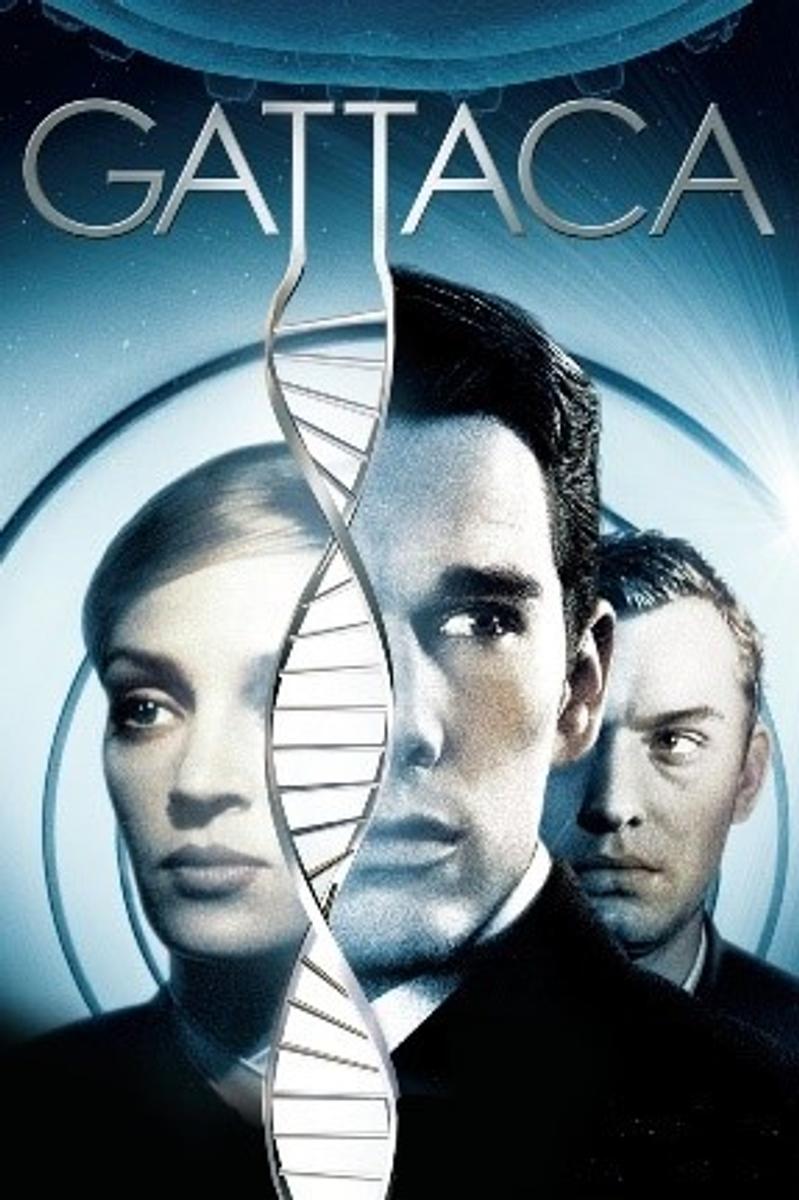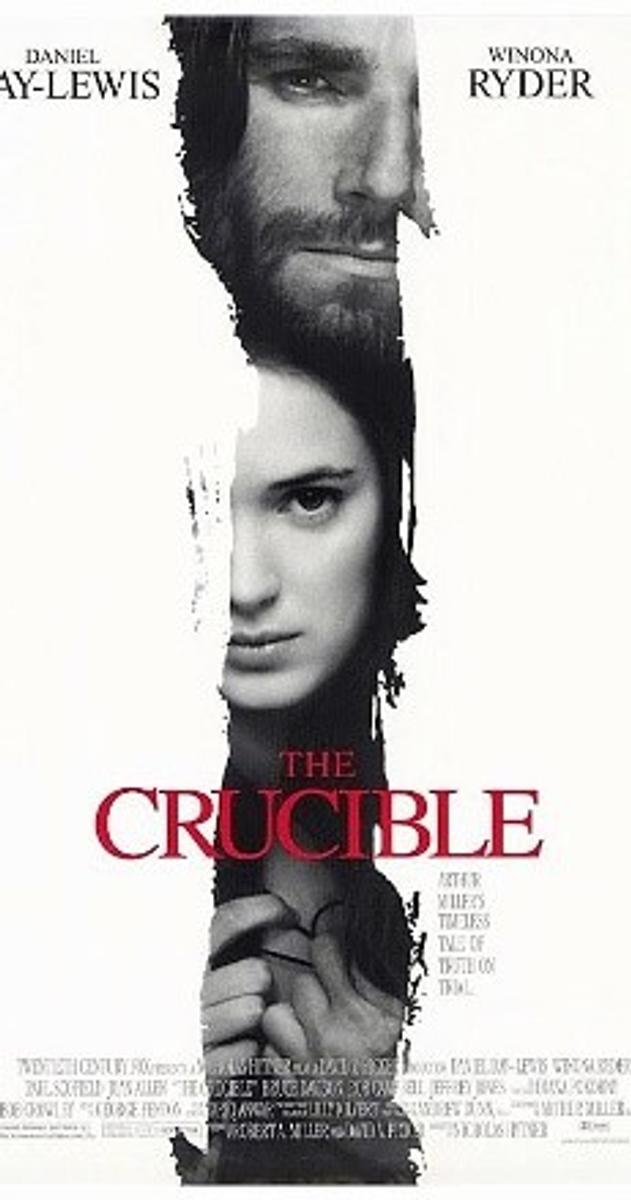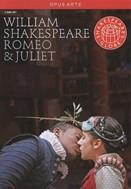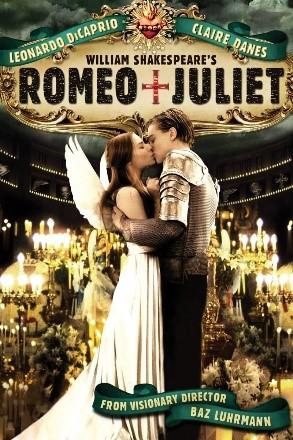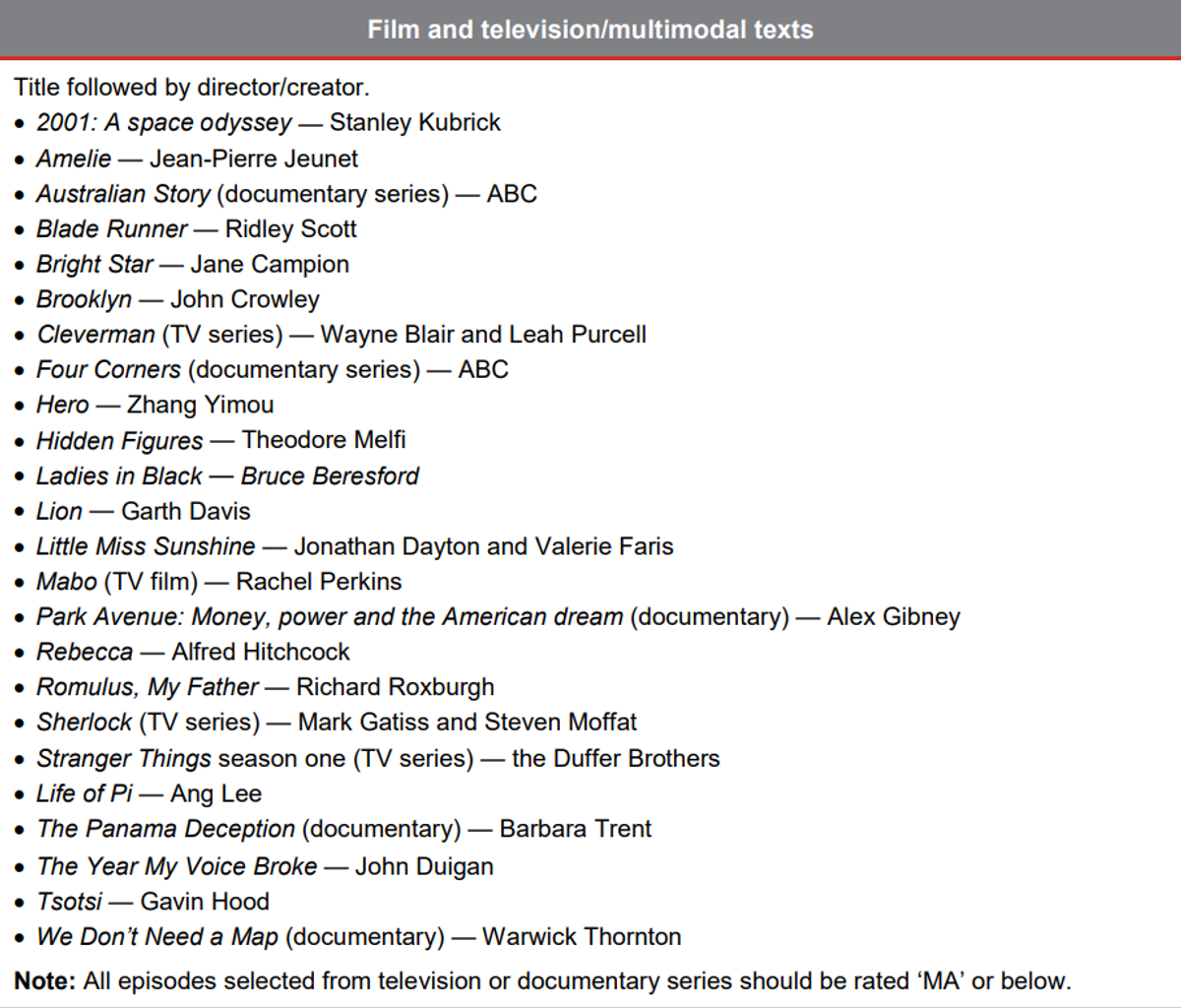
Learning Area Advisor - Languages
Film in an English Classroom
When most people think of traditional English classroom texts, they think of novels, poetry, short stories, and speeches. While they are not wrong – these texts and genres are integral to the English classroom – visual texts, films specifically, play an important role in story telling for 21st century learners.'
Research shows that approximately 65% of students today are visual learners. This means that they learn best by seeing. Visual learners are more likely to engage with, and absorb, information from visual images and pictures, rather than simply reading words on a page. Thankfully, film and television are prescribed in both the National Curriculum and QCAA Senior English syllabuses, so we are able to effectively cater to our students.
This term, students in various Senior English classes have been exploring representations of concepts in film, and adaptations of classic stories, but don’t be fooled; viewing films in English isn’t as laid-back as your Friday night Gold Class Cineplex entertainment would suggest. When studying film, English students ‘read’ the text and critically analyse the ways a director has offered his/her perspective of concepts and characters within the setting.
For example, in Year 12 English, students have critically viewed Sam Mendes’s 2019 Oscar winning film 1917, analysing the ways war and conflict are portrayed to contemporary audiences. Whereas, Year 12 Literature students are exploring ‘the not-too-distant future’ of genetic engineering as displayed in Andrew Niccol’s feature film Gattaca. In Year 11, English students have viewed the 1996 film adaptation of Arthur Miller’s The Crucible, identifying ways the visual text reinforces concepts in the play. In Year 10, English students are encouraged to view The Globe production of Romeo and Juliet to fully appreciate the genre and its intended audience. If all else fails, surely Leonardo DiCaprio’s performance of young Romeo in Baz Luhrmann’s reimagination of Shakespeare’s tragic romance is sure to have any student engaged in Elizabethan drama!
Not only is film an engaging medium, it also allows visual learners to enact ‘reading strategies’ such as predicting, responding to, and questioning, whilst still analysing characterisation, point of view, setting, stylistic devices, and aesthetic features. Visual texts are important to study as they bring to life the stories and characters that we learn to love through the pages.
Although at times we may be quick to assume that our students are spending too much time watching television and/or movies, perhaps we need to consider how they may be ‘reading’ a text visually, engaging in stories and characters that they would not have otherwise encountered.
If you’re interested in engaging with visual texts and film, below is the QCAA Prescribed list for TV and Film, as outlined in the Senior English Syllabus. Happy viewing!
Sources:
How to Spot Visual, Auditory, and Kinesthetic-Learning Executives | Inc.com
Sarah Porchak


